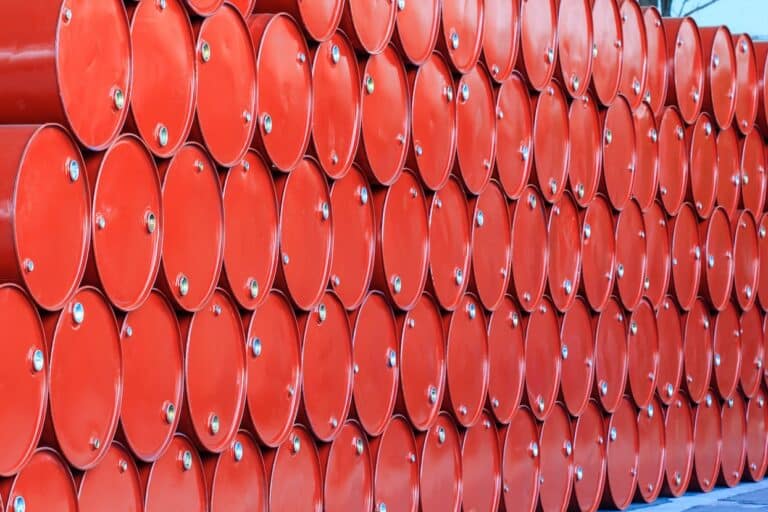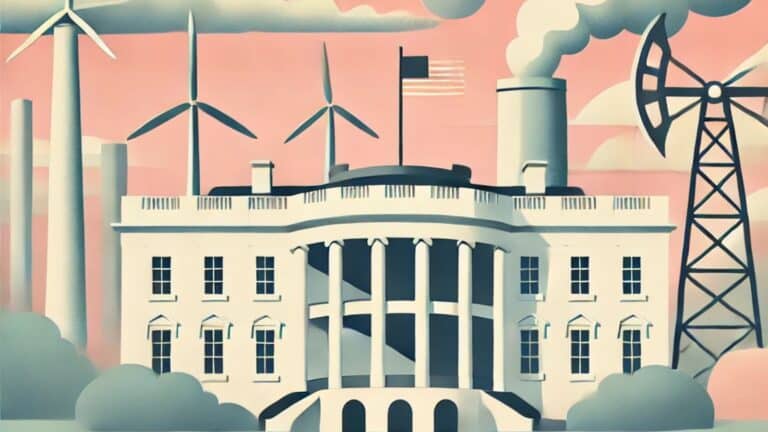The Organization of the Petroleum Exporting Countries (OPEC) and 10 other oil exporters, collectively known as OPEC+, were attempting to navigate the extensive and shifting impact of the pandemic on oil markets [1][2] when Russia invaded Ukraine.
In this piece, Dr. Kaushik Deb, senior research scholar with the Center on Global Energy Policy (CGEP), and Abhiram Rajendran, adjunct research scholar with CGEP, answer questions about the challenges OPEC+ now faces with this crisis.
How has OPEC+ responded to the crisis caused by the Russian invasion in the face of competing market demands?
The primary area OPEC+ has been monitoring is supply. The group’s monthly meeting in early March allowed for a quick decision to maintain the policy of adding 400,000 barrels per day (bpd) of supply every month.[3] However, the group has struggled to bring on the committed production increase of 0.4 million bpd every month since August 2021, with the International Energy Agency reporting OPEC+ fell short of its production target by 0.9 million bpd in its February Monthly Oil Market Report.[4] As a result, the market has continued to tighten with the added pressure from demand recovering faster than expected. Supply disruptions are increasing and oil prices have quickly risen and are now trading in the $110–$130 a barrel range.
The US has announced a direct embargo on imports of Russian energy, including oil,[5] and the United Kingdom plans to eliminate its Russian oil imports by the end of 2022.[6] More significantly, the complex web of financial and currency sanctions has increased the risk to traders, shippers, insurers, and related parties for handling Russian cargoes. Six of the top 10 shipping companies in the world, controlling over 60 percent of global capacity, have suspended Russian bookings.[7] As a result, it is being reported that up to 5 million bpd of Russian crude and product exports could be impacted, of which 3–4 million bpd could be crude.[8]
OPEC’s largest producers (Saudi Arabia, the United Arab Emirates, and Kuwait) have not responded to the request by the United States[9] to increase production faster than planned[10] to offset Russian export volume losses. However, the UAE Ambassador to Washington issued a statement noting, “We favor production increases and will be encouraging OPEC to consider higher production levels.”[11] Meanwhile, at least Riyadh and Abu Dhabi have maintained contact with the Russian government, including President Vladimir Putin directly.[12]
What factors could affect OPEC+’s decision-making in the near term?
OPEC+ must balance several factors when considering how to react to the current crisis. Financial interests may be among them—the higher prices are creating a windfall. For instance, Saudi Arabia announced its first surplus for 2022 after annual budget deficits since 2014.[13] OPEC+ countries could prioritize higher prices after the difficulties they experienced in 2020 and 2021 due to declines in demand caused by COVID-19.
Second, the ability of OPEC+ to ramp up production is highly questionable as a number of its members have not been able to meet production targets for many months.[14] Therefore, the group may be reluctant to commit to delivering even more volumes as it could undermine the group’s credibility. At the moment, it seems Saudi Arabia and the UAE, which together control the vast majority of an estimated 2 million bpd of spare capacity left within the group, can unilaterally increase production. Any increase could be viewed as a political decision, and the politics of OPEC+ are impacted by Russia’s presence in the group.
The relationship between Moscow and Riyadh is critical to the group’s cohesion, as was demonstrated during the March 2020 oil price dispute between their two countries, when oil prices fell by 65 percent as Saudi Arabia increased supply by 25 percent.[15] Moscow also maintains ties with Abu Dhabi and other members. Upsetting Russia could do disrupt this unity and break the alliance again.
When and how the Iran nuclear deal negotiations can be concluded could also prove important to OPEC+. Iran has a significant amount of oil in floating storage: at least 30–40 million barrels, and potentially up to 50–60 million barrels by some estimates.[16] This oil can be quickly released and provide some short-term relief to tight markets. Over the course of the rest of the year, an agreement with Iran could lead to adding as much as 1 million bpd back to the market in addition to draining the storage overhang of Iranian crude.
How might questions of market share develop over time, and why are they important?
Market share may eventually become an issue. Even in the event that the crisis around the Russian invasion is resolved or at least is on a satisfactory path to de-escalation soon, North American and European buyers could permanently pare back purchases of Russian supply. Other OPEC+ members could see this as an opportunity to sell more oil into these markets. Meanwhile, Russia could seek to sell displaced barrels into other markets such as China, forcing other OPEC+ members to defend their shares of these markets. Such competition between key OPEC+ members will make keeping cohesion within OPEC+ more difficult, and members could start exceeding production targets.
Notes
[1] OPEC+ had committed to reducing overall crude oil production by 10 million bpd for the months of May and June 2020, and then 8 million bpd until the end of 2020. This had reduced to 5.8 million bpd by July 2021. The group finally decided to increase overall production by 0.4 million bpd every month starting in August 2021, and has continued to maintain this policy since.






